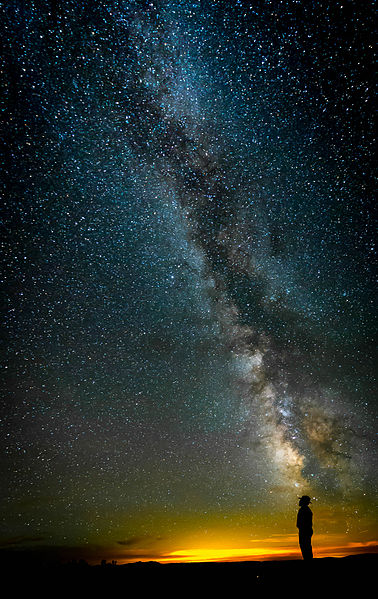In Astronomy Unit 1, we will analyze star maps to read the night sky. You’ll never look at the stars the same way again!
Documents:
- Astronomy Unit 1 – Unit Overview
- Astronomy – Unit 1 – Readings
- Astronomy Unit 1 – Homework Questions
- Astronomy Unit 1 – Outdoor Lab
- Star Map – North and South Declination
- Star Map – Circumpolar Stars
PODCAST 2: Celestial Equator and Celestial North Pole
Podcast 3 – Circumpolar Stars
Podcast 4 – Seasonal Constellations and Star Magnitude
When we say we can see the Milky Way, we are really talking about looking toward the center of our galaxy where the stars, dust, and gasses are most dense. However, every star we see in the night sky with our bare eyes is part of the Milky Way. (We need a telescope to see more distant stars, although we can see some other galaxies as smudges of light.) Think of it as if you’re looking toward downtown when standing on the beautiful beaches of Lake Erie. Everything you see around you is part of the Cleveland area, but when you look toward downtown the lights and the buildings are brighter and more closely packed together.


Pingback: Week of September 24, 2012 | Mrs. GB's Physics Fabulousness